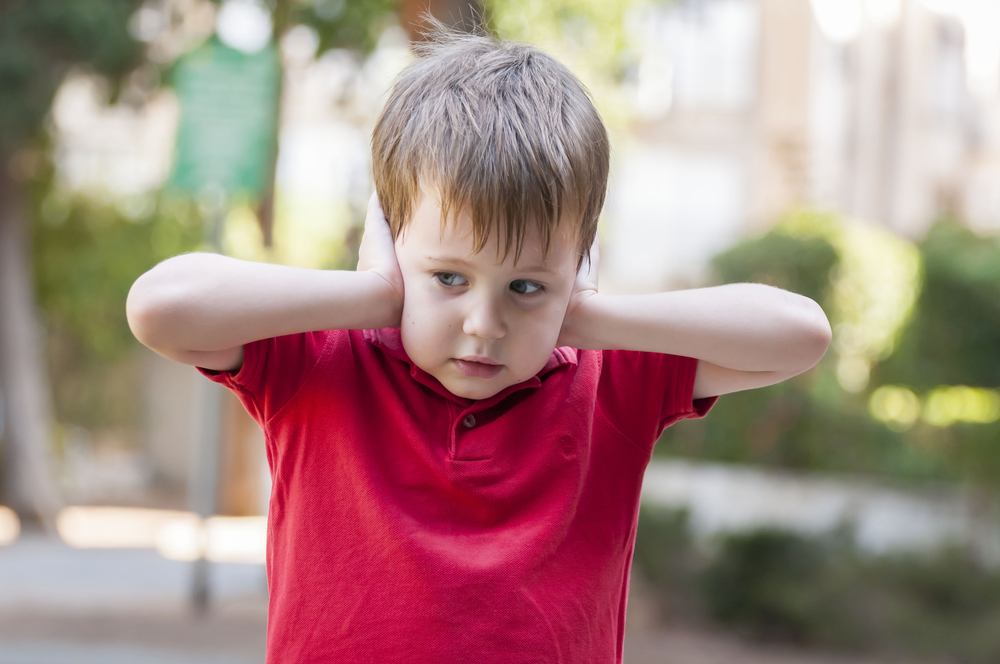Now called ASD or autism spectrum disorder (previously autism), the condition can be best defined as a neurodevelopmental disorder. More specifically, it is a developmental disability that’s caused by several specific differences in a child’s brain. Kids with autism may interact, behave and learn differently from most people, which may result in trouble during social interactions and with the interpretation and usage of verbal and nonverbal communication.
At Children’s Medical Center of South Florida, our experts offer formalized ASD screening within our well-child checks at 18 and 24 months. As such, this article will aim to shed more light on what is an autism spectrum disorder and how parents should approach their kids on the spectrum in a way that will ease the possible social inconveniences that might stem from ASD.
What Is Autism Spectrum Disorder?

Autism in children will usually means that the child will have the following:
- Trouble understanding and correctly using nonverbal communication like facial expressions, eye contact, and certain gestures
- Difficulties with interacting with others, or they will interact with others in different ways than the majority
- Absent or delayed language development
- Difficulties in understanding and forming relationships
- Unusual or intense interests
- Repetitive motor behaviors, repetitive play, or speech
- Insisting on the same routine and/or environment
The extent of how well kids with autism function in everyday life will depend mostly on how severe their symptoms are. ASD varies greatly regarding everyday impairment and symptom severity, meaning that in milder cases, people may not be aware of the child’s condition.
As you may know, the condition was renamed autism spectrum disorder back in 2013. Now, the disorder is used as an umbrella term that covers different levels of the condition. As such, ASD includes more disorders that experts used to consider separate:
- Asperger syndrome
- Autism
- Pervasive developmental disorder
According to data from the CDC (Centers for Disease Control and Prevention), ASD affects around one in every 44 children, eight years old, developing at least four times more likely in boys than in girls. Experts also believe that ASD may happen early in the brain’s development as behavioral characteristics can surface typically between the ages of one and a half and three years old.
ASD Causes and Symptoms
Unfortunately, ASD has no clear-cut causes. Research points to both environmental and genetic factors, but scientists believe that developmental changes that take place are triggered due to a variety of factors.
There’s a consensus about the role of genetics regarding ASD, but only ten to 20 percent of cases have experts identified specific genetic causes. These include particular syndromes (such as fragile X syndrome), which are, by default, closely associated with ASD.
The disease has a hereditary characteristic, meaning that when one child in the family receives a positive diagnosis, their sibling will have around 20% greater risk of developing these changes, and the next child will have approximately 32% greater risk.
Furthermore, other risk factors may increase the likelihood of the child developing the condition:
- The birthing parent is older than 35
- Low birth weight
- Birth complications
- Premature labor and birth
- Thalidomide or valproic acid is used during pregnancy by the birthing parent
- Having a sibling with the condition
- Having specific genetic and chromosomal conditions
Furthermore, there is a wide range of mental and physical conditions that come with the disease, which may include the following:
- Poor sleep
- Feeding problems
- Gastrointestinal issues
- Depression and anxiety
- Epilepsy
- ADHD
- Bipolar disorder
- Schizophrenia
- OCD or obsessive-compulsive disorder
On the other hand, symptoms may range from mild to severe, but it’s different for every individual. Sometimes, it’s challenging to spot the direct telltale signs, but if your child shows any of the following early symptoms, scheduling a screening with their pediatrician might prove useful:
- The child won’t look at you when calling their name or has problems with responding.
- The baby doesn’t make joyful expressions or smile widely by six months of age.
- The babies won’t babble by 12 months old.
- At one year old, they don’t use gestures such as waving or reaching and won’t respond to simple back-and-forth games, such as peek-a-boo.
- The toddler won’t say any words by 16 months old.
- The child is unable to communicate two-word, meaningful phrases (not including repeating or imitating) by the age of two years old.
- There is a loss of social skills, speech, or babbling.
- Repetitive and restricted behaviors start showing up, such as lining up toys the same way.
- The child has obsessive and unusual interests.
- Extreme reactions to small routine changes are common.
- Sensory aversions, picky eating, dislike for the feel or fit of certain clothes, etc., may also be present.
- Sensory-seeking behaviors like licking or sniffing objects may be noticeable.
Diagnosing ASD
Autism in children can be challenging to diagnose because there aren’t any specific methods, such as laboratory tests, to diagnose the disease properly. Still, providers can perform specialized evaluations and screenings, which will usually include the following:
- Developmental screening: This may include a questionnaire to assess whether there’s autism present with a series of checklists and questions that compare the child’s developmental state with children of the same age.
- Developmental surveillance: Parents are asked to examine and follow their child’s behavior and developmental history.
- Formal evaluation: This gives the opportunity for a more in-depth look at your child’s development. Trained experts, like child psychologists and pediatricians specializing in child development and behavior, will observe the child and assess their behavior with a structured autism spectrum test. Parents will also need to fill out specific questionaries, and the results will help experts come to a formal conclusion regarding the diagnosis.
Autism Treatment
Unfortunately, this is a lifelong condition with no cure. Still, the symptoms of the child might subside somewhat as they age.
Some therapies help these children develop new skills so that they learn how to cope with some of the core deficits of the condition and reduce some of the symptoms. Autism affects every child differently, and because of this, they will require an individualized treatment plan to address their specific needs. Parents are encouraged to get started with these treatment sessions as soon as possible so that the benefits of the therapy can be more effective as the child ages.
And because many people with ASD can also have other medical conditions, they may need medications along with behavioral therapy.
Can ASD Be Prevented?
![]()
Unfortunately, the disorder can’t be prevented, but people can lower the risk of having a child with the condition by taking the following steps:
- Living a healthy lifestyle, eating a nutritious and balanced diet with regular exercise
- Attending prenatal care and taking the recommended supplements and vitamins
- Making sure to consult your provider about the safety of taking certain medications, especially during pregnancy
- Avoiding alcohol and tobacco during pregnancy
- Getting all provider-recommended vaccinations
Kids on the Spectrum: Living With ASD
As mentioned above, in most cases, the symptoms associated with the condition become milder as the child ages. Still, parents and providers should be flexible as the treatment might need to be adjusted to meet the needs of the child.
Children with autism may go on to live typical adult lives, but there might be an additional need for continued support and services as they age, and these will mostly depend on the severity of their symptoms. For the most part, people with ASD may require lifelong, ongoing support.
Still, in the last two decades, researchers have learned a lot about the condition, and there are several ongoing studies aiming to find out more about its causes, diagnosis, treatment, and prevention.
To learn more about the condition or if you suspect that the condition might be affecting your child, don’t hesitate to reach out to us to get a timely start on treatment.


